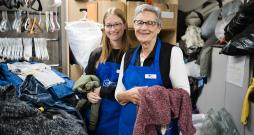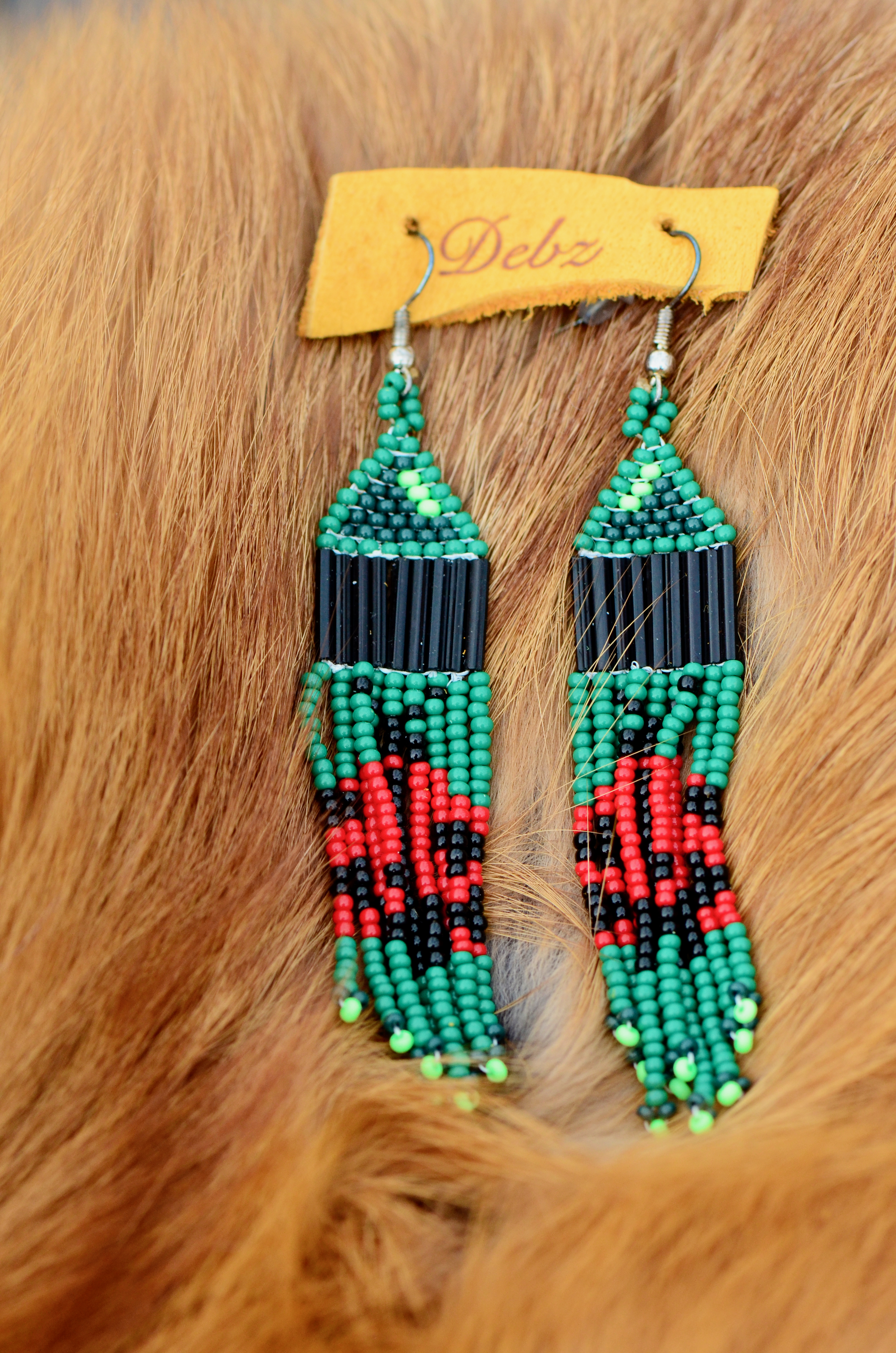A day in the life of a Seeder
Moses works with MCC partner Shalom Ministries for Reconciliation and Development. He lives in a rural community in eastern Democratic Republic of the Congo where most people are subsistence farmers. Many of the people in the community have experienced trauma because of attacks by government soldiers and other armed groups.
Moses attends the local church, where he sings in the choir. Some days Moses works in the fields with community members, and he also accompanies some of them in their journeys toward healing through the program Healing and Rebuilding our Communities (HROC).
Moses is part of the community peace leaders group and participates in regular conversations between leaders from different tribes. The kids in his neighborhood are curious because Moses is from a city far north of them, and they love to come eat the snacks he shares with them. After a day’s work, he cooks his dinner over a charcoal fire and does some of his assigned reading for the week before going to sleep.
Service
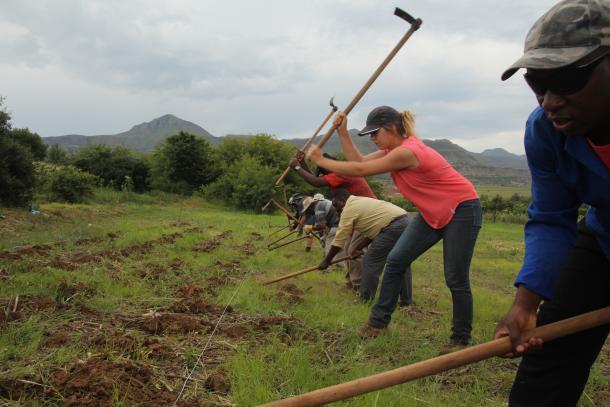
The Seed program focuses on supporting local partners and communities. Seed participants are neither directors nor substitutes for local workers. Instead, they work under the supervision of local churches and partners. They offer encouragement, ideas and a unique perspective on local issues as someone who lives in the community as an insider while bringing their own outsider life experience.
Part of a Seeder’s role is simply to be involved in the daily life of their community. In some cases, participants also have more technical responsibilities such as project planning or environmental assessments. Each assignment is different because each partner and location has different needs.
Reflection
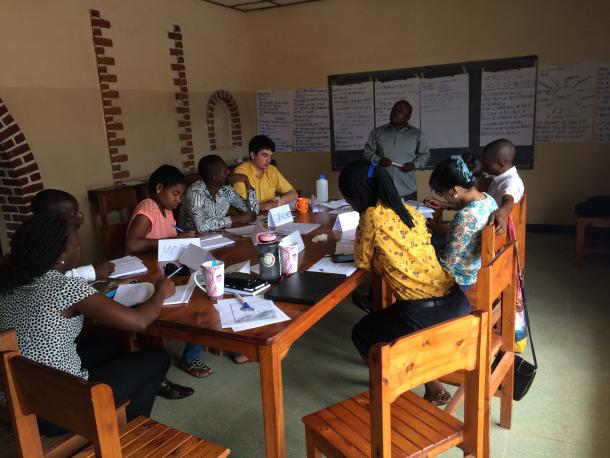
At the start of each Seed cohort, participants have a regional orientation that covers topics such as history, language, theology and politics. They learn about the communities in which they will serve, and the global issues at play. Each program also has a curriculum, including reading assignments and responses that encourage continued learning and reflection.
During workshops throughout the two years, participants meet with the other Seeders in their regional cohort to share about their experience and discuss topics related to their work. These sessions give participants a chance to step back and think about what they are seeing and doing, and the impact their work can have.
Peacebuilding
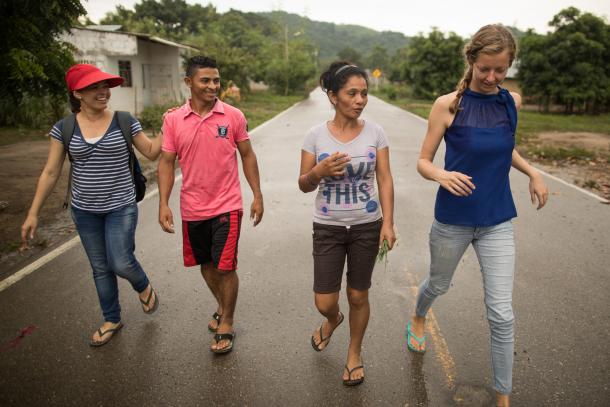
Each Seed group is made up of people from different cultures and walks of life. They work with local leaders and groups from distinct theological and political traditions. Learning to not only work with but listen to and learn from people who hold different beliefs is a form of peacebuilding and a fundamental part of the Seed program.
Regional exchanges with Seed participants and partners in their region are another important part of the experience, helping build capacity and providing opportunities to learn from other communities.
Peacebuilding means making connections between a community’s work and international groups. Seeders share with their broader network of friends and family about issues their host community is facing and how that community is working to solve them. That sharing invites people around the world to understand the complexity of issues and the strength of local partners to respond. Seed participants do this by writing blogs and promoting international solidarity events. And when Seeders return home, their stories invite others to take action.
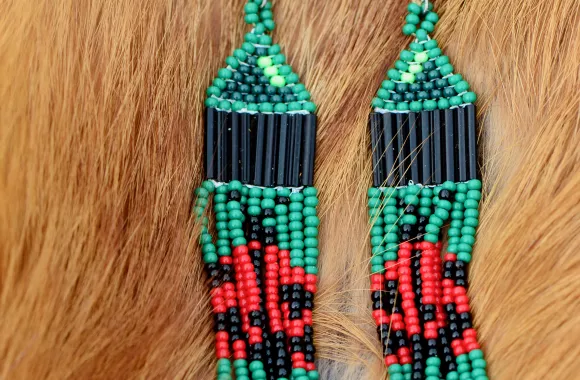
Seed assignments
Browse open Seed assignments here. If you don’t see any, check back in a few months for a new cohort.
Want to know more?
Want more information about Seed? Fill in the information below.
Webform
Give to young adult programs
Support a young person's journey.

